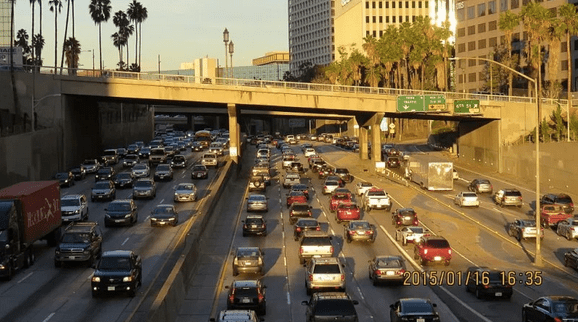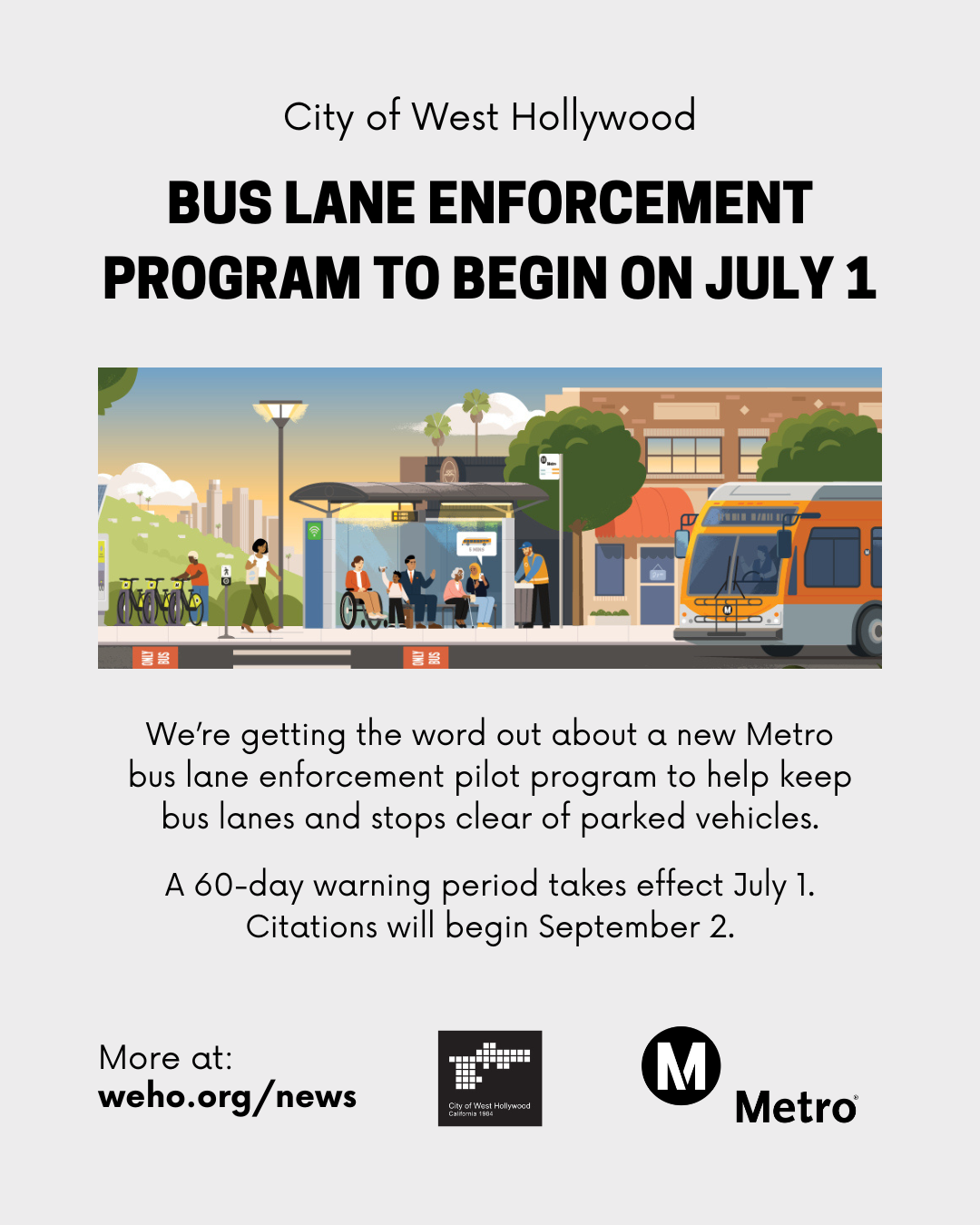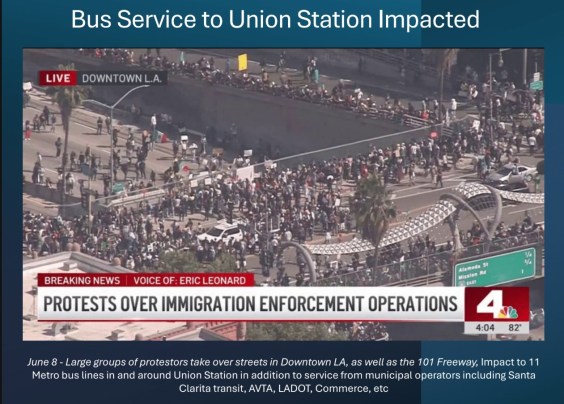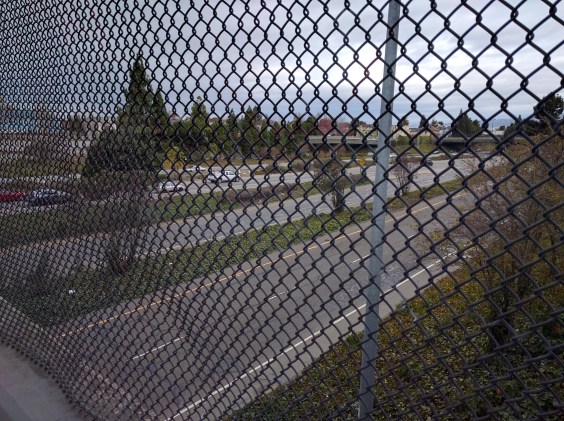For years, researchers have talked about the concept of "induced demand," pointing out that when highways are widened so they can carry more cars, they end up creating more congestion. Anthony Downs called it "the law of triple convergence."
As Jake Blumgart explains it in a recent post in Governing, "Why the Concept of Induced Demand Is Such a Hard Sell," when there is little to no highway congestion,
people take trips at peak hours that they may have delayed until a different time. They shift away from public transit or go to a restaurant that’s an additional five miles away. They head out on the highway when they otherwise may have stayed home or walked to a neighborhood bar.
Blumgart's post attempts to get at why the concept is so hard to explain, and why, even after understanding it, people tend to forget it.
Understanding induced demand is a first step towards figuring out how to solve the real transportation problems that plague our cities. Congestion has been the focus of most transportation funding, planning, and building, because it is onerous and soul-crushing and people complain loudly about it. But focusing on congestion alone has not fixed the problem, and building more capacity has just made it worse.
Induced demand is such a counterintuitive argument that some people reject it outright. Engineers still argue that a better term is "latent demand" - as if all the traffic that shows up on new freeway lanes has been off somewhere else, revving engines in anticipation of being able to join the crowded freeway. The "logical" but inaccurate take is that wider roads are not causing more traffic; they are just building roads where people want to drive.
But the causality is reversed, according to researcher Matthew Turner, who is quoted in the Governing post. Building more roads causes people to drive more. He compares it to giving out free bread.
If bakeries are free, when they open their doors people start queuing. As a consequence, there are always lines for bread and some people who really need it don’t get it.
“We build a bunch of capacity on our highways, which people can get on for free, so they do,” says Turner. “If you make more bread and give it away, you won't necessarily get to the back of that queue because people will take more and more.”
Turner, with Gilles Duranton, found an almost perfect correlation between lane mile construction and vehicle miles driven in all metropolitan areas in the U.S. between 1980 and 2000. This is consistent with other research, notably work done at UC Davis, which published a tool anybody can use to calculate how much more driving will result from expanding a particular road in California.
“People think of traffic like a liquid and if you widen the pipe, it won't clog anymore,” says Amy E. Lee, of the University of California, Davis, and one of the researchers behind the new induced demand calculator.
“But there is not a static or set amount of fluid in this analogy,” says Lee. “There could always be more liquid. Because we are talking about humans who are dynamic and responsive to things like a change in the perceived ease with which they can get places.”
The topic is taking on new urgency as the federal government prepares to release a lot of money that will more than likely be used to build more highway lane miles throughout the country.
In addition, at least two additional arguments have emerged in favor of throwing out highway widening as a long-term transportation solution: geometry and climate change.
That is, there's only so wide a road can be before the sea of traffic becomes its own daunting, ludicrous monster. Do people really want vast rivers of cars that threaten to eat up housing, open space, and agricultural land? How long will that trade-off seem worth it?
And figuring out how to encourage people to get around without having to drive is an absolutely necessary step towards solving the much bigger and more dangerous problem of climate change.
If we are building more roads, adding more capacity, and making it easier and quicker for people to drive, people will do so.
For more, see the article in Governing.






